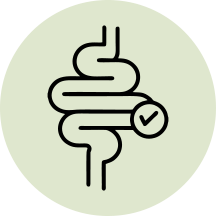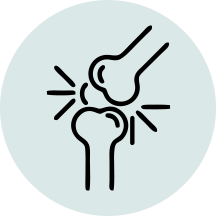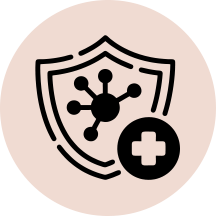World Arthritis Day is celebrated on October 12 every year to raise awareness about arthritis and related diseases. Arthritis and Rheumatism International (ARI) initiated this day in 1996 to promote awareness, understanding and support.

Arthritis is a broad term that indicates joint infection, inflammation, and pain. It is a disease caused by increased uric acid, in which the body starts producing more uric acid than normal. This causes pain in elbows, knees, finger joints, and other joints. Arthritis also affects other tissues of the body, causing problems in the heart, lungs, eyes, blood, or nerves. This disease affects women more than men.

Common types of arthritis include osteoarthritis, rheumatoid arthritis (RA), juvenile arthritis, psoriatic arthritis, gout, ankylosing spondylitis, reactive arthritis and lupus arthritis.
Daily Life Impacts of Arthritis

Simple tasks like walking, climbing stairs, or even gripping objects become challenging due to Arthritis. Persistent discomfort can lead to emotional distress, including anxiety and depression, allowing arthritis to create a cycle of pain. Fatigue associated with arthritis can affect concentration and productivity, making it harder for one to perform well at work or manage household responsibilities.
Arthritis and Age Factors

Arthritis and its impact often vary with age. Osteoarthritis is quite common among older adults, usually those over 50, it is a natural aging process that wears down joints over time whereas rheumatoid arthritis between the ages of 30 and 60, involves the immune system, mistakenly attacking the joints, leading to inflammation and pain.
Children and teenagers are affected, particularly by Juvenile Idiopathic Arthritis (JIA), which can emerge before the age of 16, leading to painful swelling and may even impact a child's growth. Ankylosing spondylitis often begins in late teens to early adulthood, primarily affecting the spine or causing it to fuse over time.
Then there's psoriatic arthritis, which can develop at any age but is commonly seen between 30 and 50, often alongside the skin condition psoriasis.
Gout, known for causing sudden and intense joint pain, is more prevalent in middle-aged and older adults, especially men over 40.
Recognizing Arthritis Early and Treatment

Early diagnosis can manage the condition effectively, preventing long term damage to the joints. We must not ignore the symptoms like persistent joint pain, stiffness especially in the morning swelling, or difficulty moving joints. Detecting arthritis early can open doors to treatments that can relieve pain, improve mobility and bodily strain.
You may also consider joint pain supplements with Glucosamine and rosehip extract may help enhance joint flexibility and supporting cartilage health or workout at home to improve flexibility and strengthen the muscles around your joints and make lifestyle changes such as maintaining a healthy weight, staying active, and eating a balanced diet.
'Knowledge is the key to unlocking the door to better health.’
So stay informed, seek support, and actively manage your arthritis, you can pave the way for a brighter, more comfortable future.


















